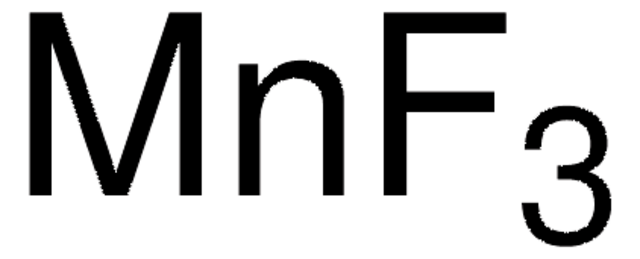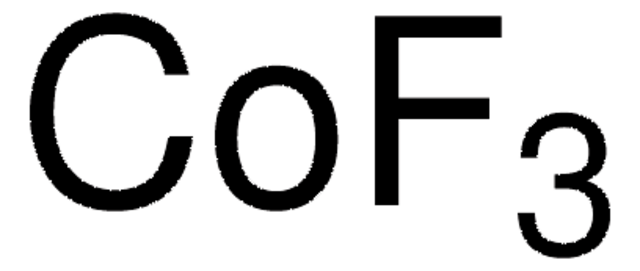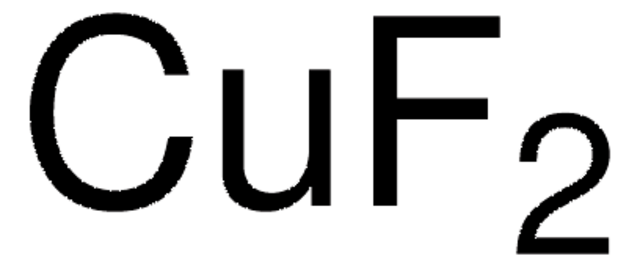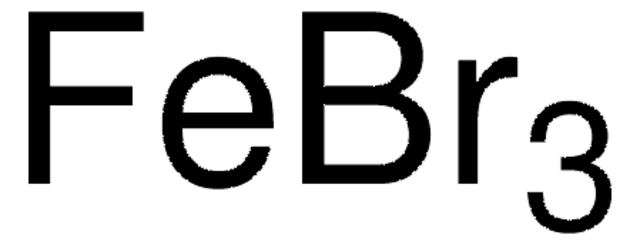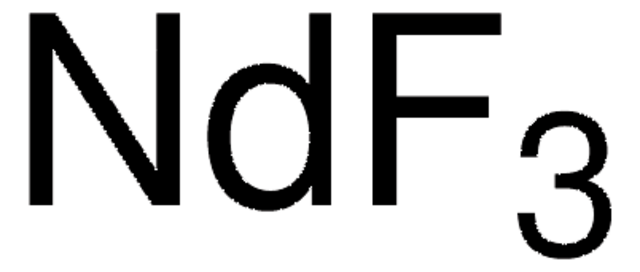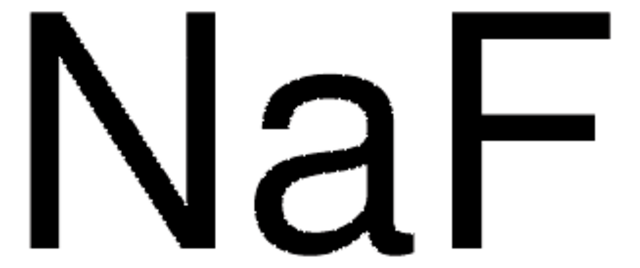288659
Iron(III) fluoride
46.5-50.7% Fe (by Na2SO3, titration)
Sinónimos:
Ferric fluoride
About This Item
Productos recomendados
form
powder
concentration
46.5-50.7% Fe (by Na2SO3, titration)
application(s)
battery manufacturing
SMILES string
F[Fe](F)F
InChI
1S/3FH.Fe/h3*1H;/q;;;+3/p-3
InChI key
SHXXPRJOPFJRHA-UHFFFAOYSA-K
General description
Application
- To produce high-capacity lithium storing cathodes via liquid phase exfoliation method.
- As a cathode material for sodium-ion batteries.
- As a catalyst for the conversion of carbonyl compounds into oxathioacetals and dithioacetals.
signalword
Warning
hcodes
Hazard Classifications
Skin Irrit. 2
Storage Class
11 - Combustible Solids
wgk_germany
WGK 3
flash_point_f
Not applicable
flash_point_c
Not applicable
ppe
Eyeshields, Faceshields, Gloves, type P3 (EN 143) respirator cartridges
Elija entre una de las versiones más recientes:
¿Ya tiene este producto?
Encuentre la documentación para los productos que ha comprado recientemente en la Biblioteca de documentos.
Los clientes también vieron
Artículos
Lithium-Ion Battery Performance: Dependence on Material Synthesis and Post‑Treatment Methods
Plasmonic nanoparticles have unique optical properties that can be tailored to suit a variety of applications in the biotechnology1–8 and electronics9–16 industries.
Nuestro equipo de científicos tiene experiencia en todas las áreas de investigación: Ciencias de la vida, Ciencia de los materiales, Síntesis química, Cromatografía, Analítica y muchas otras.
Póngase en contacto con el Servicio técnico